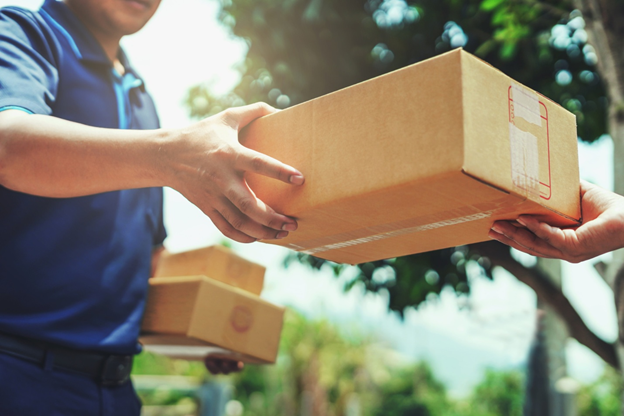The logistics industry is one of the biggest and most complex industries in the world. It’s how we tie the world together, transporting goods and materials from one nation to the next, supplying billions of people with essentials needed for daily life.
And while there are many steps in the shipping process, from shipping raw materials to factories to shipping end products to wholesalers and retailers, there is one step that is arguably the most important; the last mile.
The last mile refers to the end product finally making its way to the end-user or customer. When a consumer purchases a product online, for example, the last mile is the shipping process of getting it to the customer.
But why is this simple step so important? Keep reading below to learn why last mile delivery is so crucial to your business.
Why the Last Mile Matters
The last mile matters most because it’s the only side of the shipping process that the customer sees. The customer doesn’t see the first mile, where raw goods make their way to factories to become useable materials.
Quite frankly, they don’t care about this. The only thing a customer sees is the product they want to purchase to solve their problem.
And with a dramatic rise in eCommerce worldwide, customer expectations towards the last mile and shipping times have shifted considerably.
Thanks to Amazon, Americans, and consumers in many other nations, expect all packages to arrive within two days. Of course, this isn’t always possible. But it has become the benchmark.
If your product takes more than two days to reach a customer, then in their mind, it is taking too long, and they may take their business elsewhere in the future.
To compete in the modern landscape of eCommerce means mastering the last mile and prioritizing the customer experience.
Using Last Mile Delivery Services
Every business that ships products to consumers need to choose courier services suited to their business. For many in the US, this ends up being USPS, UPS, or FedEx.
Each one of these companies offers a range of shipping options depending on how urgent your needs are. But they also specialize in certain areas.
For example, USPS is usually the most affordable option for smaller parcels, while UPS is often the preferred choice for larger items.
Many people choose to utilize the Amazon fulfillment network as well so that customers can get their goods in just 1-2 days.
But what if your customer needs urgent, same day delivery? There are independent courier services that offer more flexible options for you. Click here for more on urgent delivery and how you can use it to improve your customer experience.
Prioritizing the Customer Experience
You can create the best products in the world. But if you can’t get those products into the hands of your customers fast and efficiently, then no one will care.
Make sure to prioritize the last mile in your business, as it directly impacts your customer’s experience and will dictate their likelihood of repeat business in the future.
Looking for more business tips like this? Browse our blog now to find other helpful articles.

